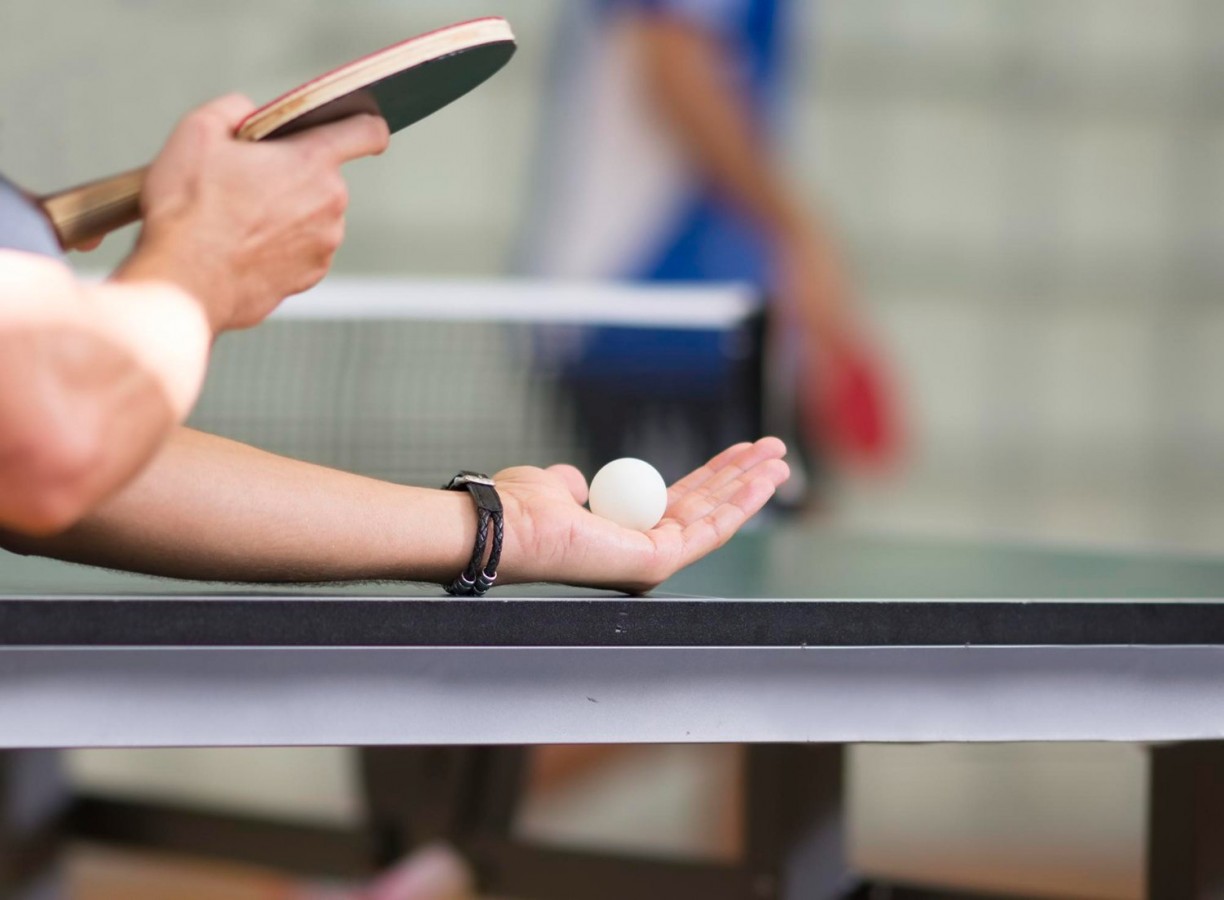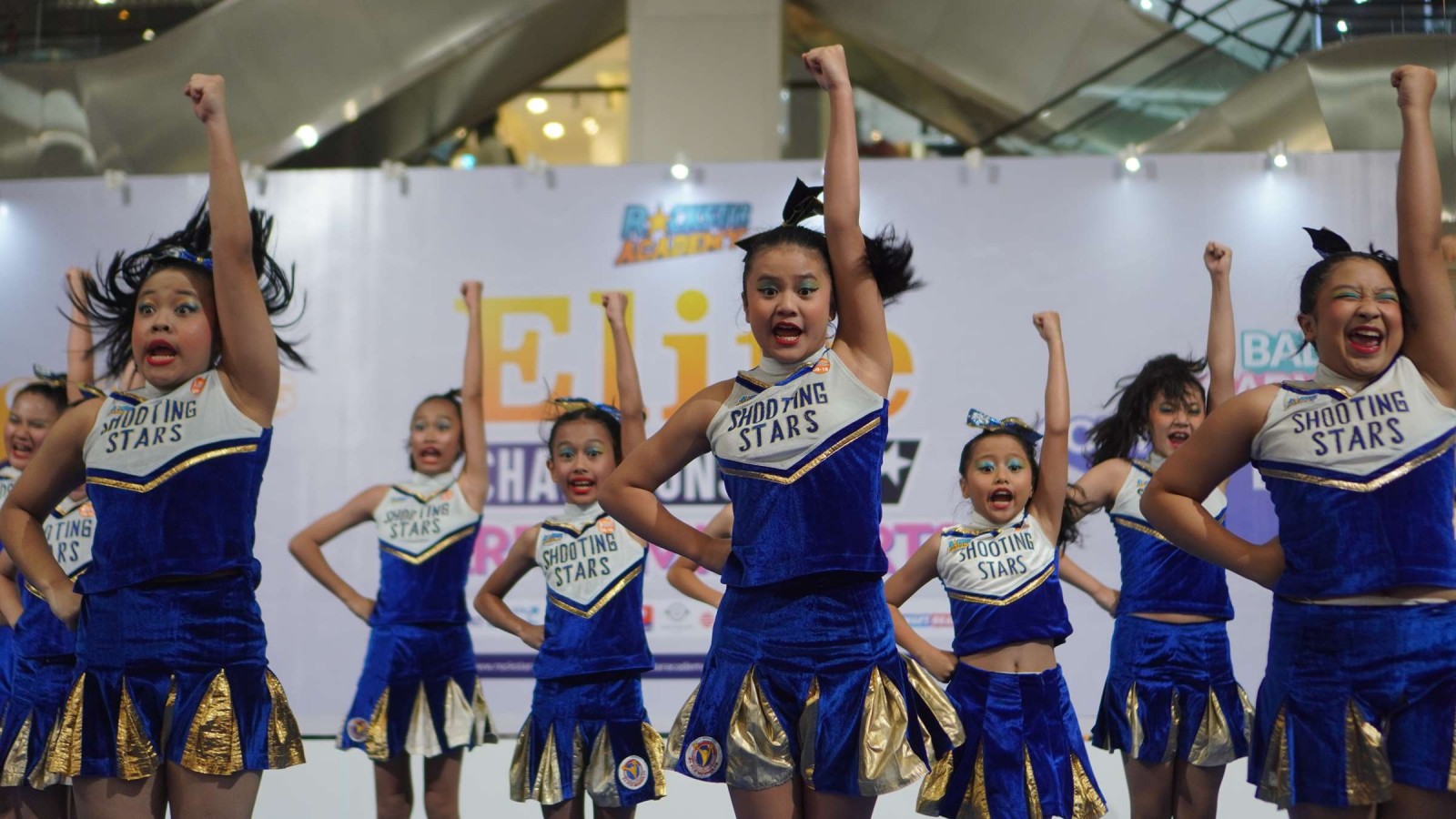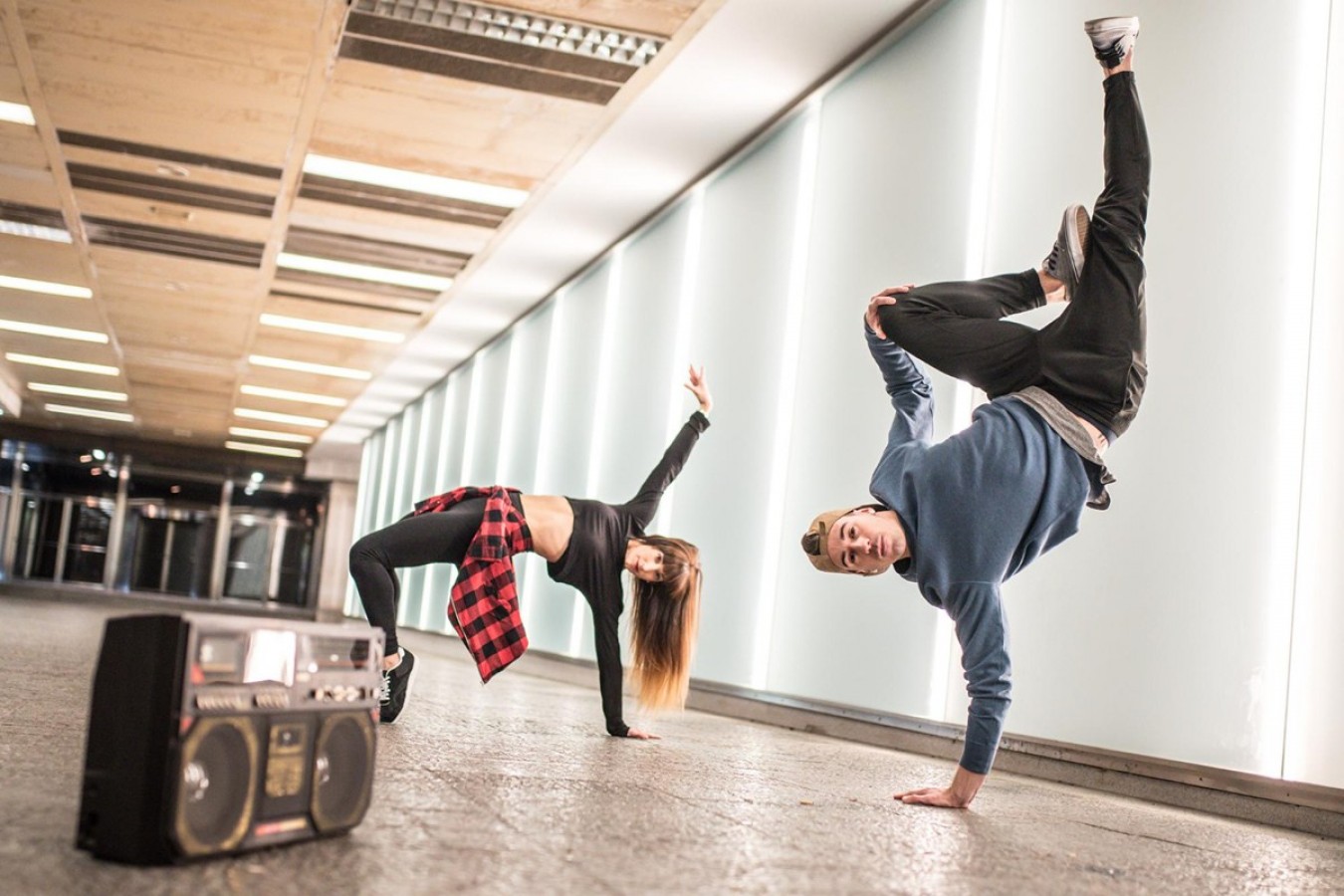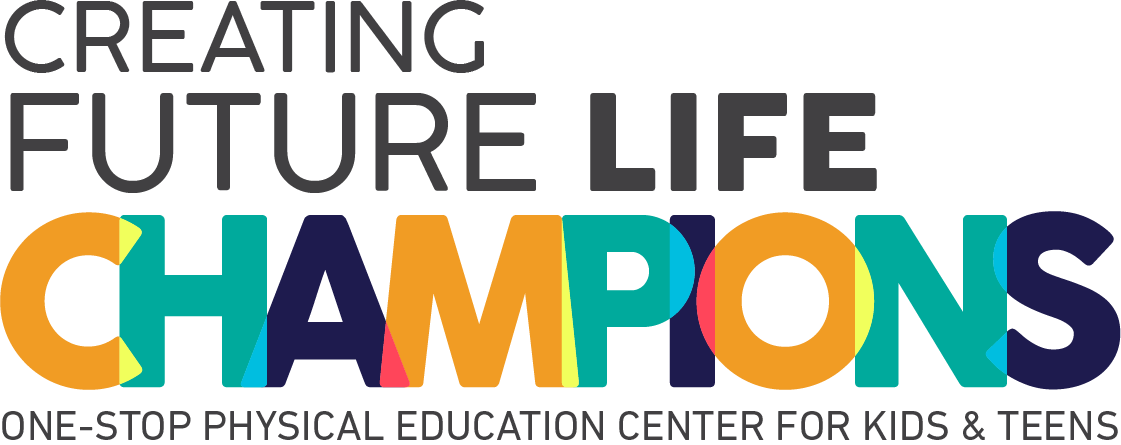Cheerleading vs Dance: Exploring the Similarities and Differences
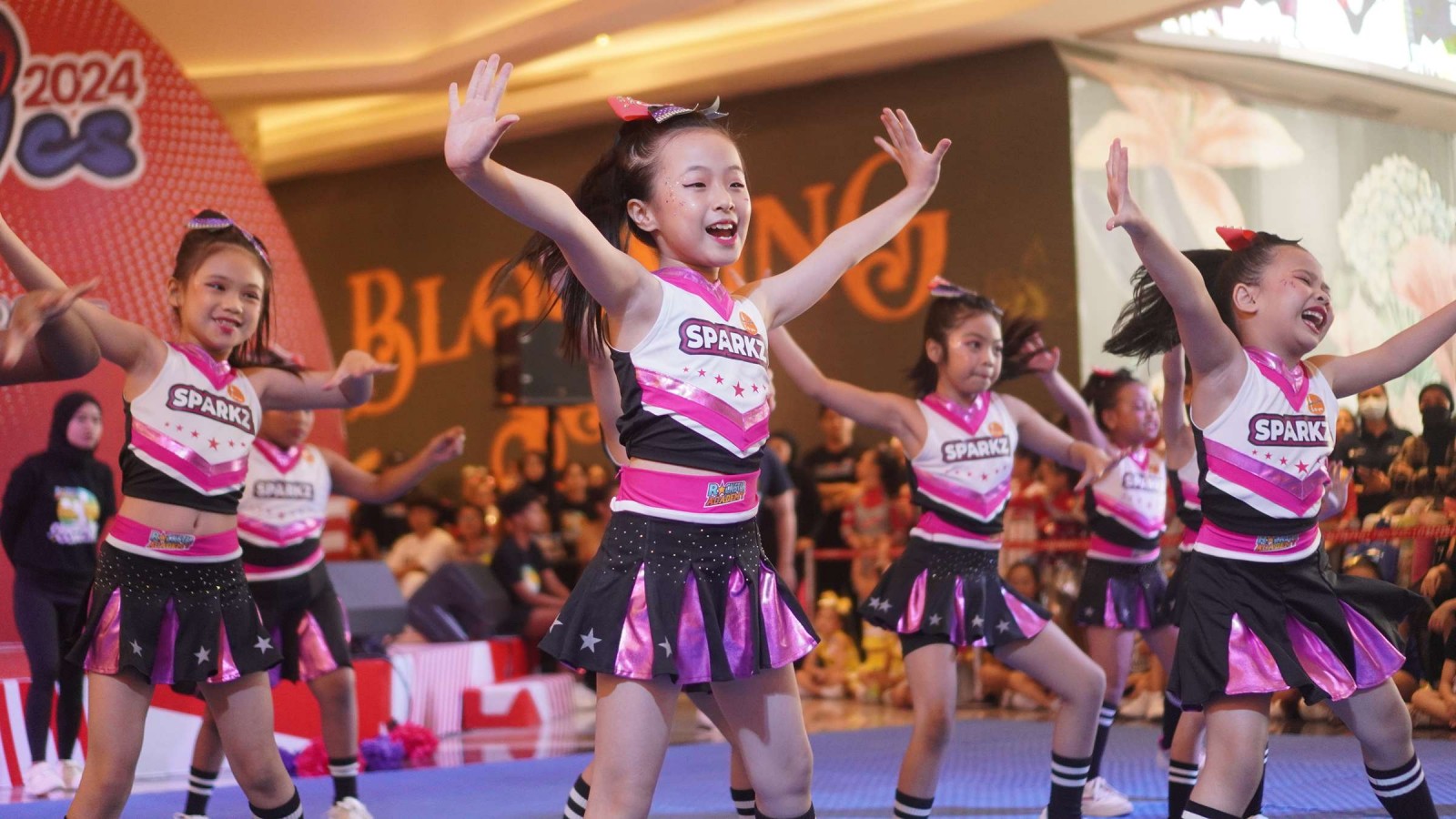
Cheerleading and dance both bring energy, excitement, and incredible performances to the spotlight—but are they really the same? While both require rhythm, strength, and teamwork, cheerleading is all about pumping up the crowd with high-energy stunts and chants, while dance focuses on storytelling through movement and artistry.
So, what sets them apart, and where do they overlap? Let’s break down the similarities and differences between these two dynamic activities and see what makes each one unique!
What Is Cheerleading and Dance?
Cheerleading is a physical activity that combines elements of dance, gymnastics, and acrobatics to engage and excite an audience. Originating in the United States, it started as a means to support sports teams by leading chants and encouraging team spirit.
Over time, cheerleading has evolved into a highly athletic discipline, often featuring competitive routines judged on difficulty, synchronization, and execution. Meanwhile dance is a form of artistic movement performed in response to music, rhythm, or emotion.
It can be used as a means of expression, storytelling, or entertainment. Dance has a long history, evolving into various styles such as ballet, contemporary, jazz, hip-hop, tap, and ballroom. It is practiced both recreationally and professionally, often performed on stage, in competitions, or as part of cultural traditions.
Similarities Between Dance and Cheerleading
Although dance and cheerleading have distinct characteristics, they share many similarities. These similarities include choreography, physical demands and performance aspects, which we will discuss in more depth after this:
- Physical Demands
Both activities require strength, flexibility, endurance, and coordination.
- Choreography
Dance and cheerleading routines involve carefully planned movements synchronized to music.
- Performance Aspect
Both disciplines involve performing in front of an audience, whether in competitions, sporting events, or artistic showcases.
- Competitive Nature
Dance and cheerleading both have competitive circuits where teams and individuals showcase their skills for awards and recognition.
- Athletic Training
Participants in both activities undergo rigorous training to master technical skills, including jumps, spins, and stunts.
- Teamwork
While dance can be performed solo, many dance teams function similarly to cheerleading squads, requiring strong collaboration and coordination among members.
- Use of Music
Both activities rely on music to set the rhythm and mood of the performance.
Differences Between Dance and Cheerleading
Despite their similarities, dance and cheerleading have distinct differences in their structure, style, and purpose. Here's an explanation of the other differences:
1. Primary Focus
The biggest difference between dance and cheerleading lies in their purpose. Dance is all about artistic expression, storytelling, and movement fluidity. Dancers use their bodies to convey emotions and themes, whether in ballet, jazz, or hip-hop.
On the other hand, cheerleading is all about energy, crowd engagement, and team spirit. Cheerleaders use sharp, high-energy movements, chants, and stunts to hype up the audience and support their teams. Imagine a ballet dancer gracefully moving to a classical piece versus a cheer squad leading a roaring stadium in a halftime performance—both impressive, but completely different vibes!
2. Choreography Style
Choreography in dance varies depending on the style. Ballet is smooth and flowing, jazz is sharp and stylish, and hip-hop is all about power and attitude. Cheerleading, however, follows a more structured format with precise, rigid motions combined with stunts, jumps, and tumbling.
In dance, movements can be abstract and interpretive, while in cheerleading, every motion has a specific purpose, whether it’s a cheer to rally the crowd or a formation change to set up the next stunt.
3. Performance Setting
Dancers usually perform on stages, in studios, and at competitions where the focus is on artistic performance. Cheerleaders, however, are most commonly seen at sporting events, energizing crowds with chants and routines.
In addition, cheerleaders also compete in their own specialized cheer competitions, where teams perform high-energy routines packed with stunts, tumbling, and synchronized motions. A dancer might perform a solo contemporary piece in a recital, while a cheerleader might be executing a pyramid stunt in front of thousands at a football game.
4. Scoring Criteria
If you’ve ever watched a dance competition, you’ll notice that performances are judged based on technique, musicality, artistry, and overall stage presence. The goal is to create a captivating performance that flows beautifully with the music.
Cheerleading competitions, on the other hand, focus on synchronization, stunt difficulty, execution, and the overall excitement of the routine. A perfect cheer routine ’s about nailing those stunts, tumbling passes, and pyramid formations with absolute precision.
5. Risk of Injury
Both dance and cheerleading come with risks, but cheerleading is often considered more dangerous due to the extreme stunts involved. Dancers commonly experience injuries like sprained ankles, knee issues, and muscle strains from intense training and repetitive movements.
However, in cheerleading, the risks are even higher, especially for flyers who are lifted and thrown into the air. If a stunt goes wrong, it can lead to serious injuries such as concussions or broken bones. That’s why cheerleaders must have strong teamwork and trust in each other to ensure safety in every routine.
6. Music and Energy Level
Dance routines follow a wide range of musical styles and tempos, depending on the choreography. A lyrical dance may have a soft, emotional song, while a hip-hop piece could feature a high-energy beat.
Cheerleading music, however, is always fast-paced and upbeat, designed to keep the energy levels high and the crowd engaged. Cheer mixes often include voiceovers, sound effects, and remixes to match the intensity of the routine.
Think of the dramatic music in a contemporary dance routine versus the explosive beats in a cheerleading performance—both exciting but in very different ways!
7. Career Length
Both dancers and cheerleaders usually start young, often in childhood or adolescence. However, dance tends to offer more longevity as a career. Professional dancers can continue performing well into their 30s or even longer, depending on the style.
There are also opportunities to transition into choreography or teaching. Cheerleading, however, typically ends after high school or college, as there are fewer professional opportunities outside of coaching or all-star cheer teams. While competitive dance exists at all ages, cheerleading is primarily for younger athletes.
Now You Know The Differences!
Cheerleading and dance may look similar at first glance—they both require athleticism, teamwork, and plenty of energy—but they’re actually quite different in terms of purpose and style.
When it comes to safety, cheerleading is known to have a higher risk of injury, mainly due to the extreme cheerleading stunts involved. Since safety often depends on spotters catching flyers correctly, there’s always a chance for human error. But don’t worry!
If you’re just starting out or feeling nervous about learning cheerleading, there are ways to make it safer. Beginners can focus on basic skills and less risky stunts that don’t involve high throws until they build the strength and confidence to progress.
That’s why choosing the right training environment is super important. As the best Sports & Performing Arts Academy, we provide top-notch facilities and experienced, certified instructors to ensure a safe and fun learning experience.
Our Cheerleading classes and dance class cover all the essentials so you can build strong foundations while staying safe. Plus, it helps improve motor skills, coordination, balance, confidence, teamwork, and more! Students also get the chance to shine in events and competitions like Cheer Recital, Elite Championships and RockOlympics.
Still unsure? You don’t have to take our word for it—try it out for yourself with a free trial class at Rockstar Academy! It’s the perfect way to experience the excitement of cheerleading while training in a supportive and professional environment.
FAQ
Can a dancer become a cheerleader, and vice versa?
Yes! Many dancers transition to cheerleading due to their experience with movement and rhythm. Likewise, cheerleaders with strong dance backgrounds often excel in competitive cheer routines.
Is cheerleading harder than dance?
Both activities present unique challenges. Cheerleading requires stunts, tumbling, and synchronization, while dance demands intricate technique and emotional expression. The difficulty depends on the individual’s experience and skill level.
Which one is more physically demanding?
Both cheerleading and dance require high levels of fitness. Cheerleading incorporates high-impact stunts and tumbling, while dance involves sustained movement, balance, and strength.
Do cheerleaders need dance training?
Many cheerleading routines include dance elements, so having a dance background can enhance a cheerleader’s performance. Ballet, jazz, and hip-hop training can be particularly beneficial.
Is competitive cheerleading considered a sport?
Competitive cheerleading meets the criteria of a sport, as it involves athletic skill, teamwork, and structured competition. However, some organizations still debate its official classification.
